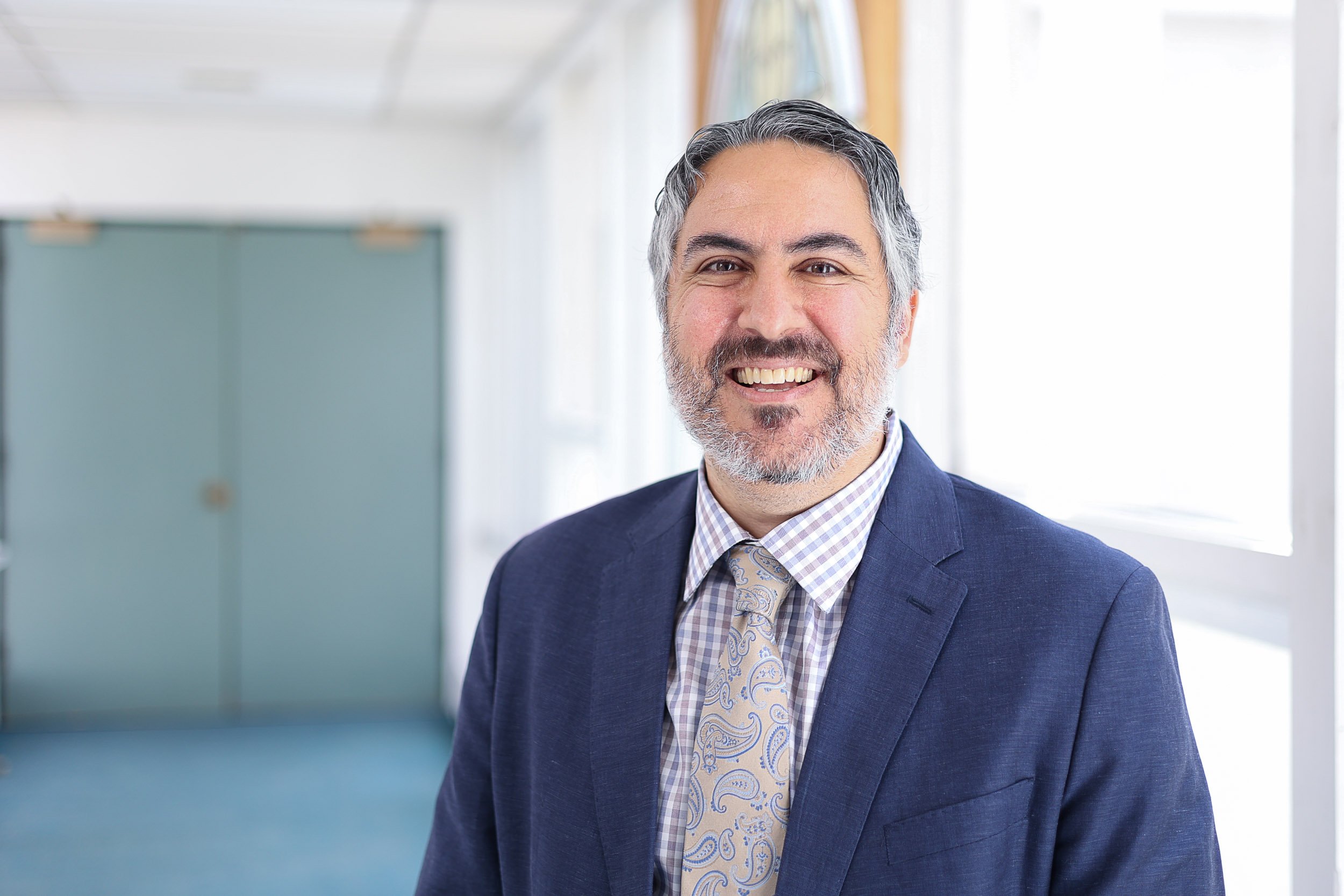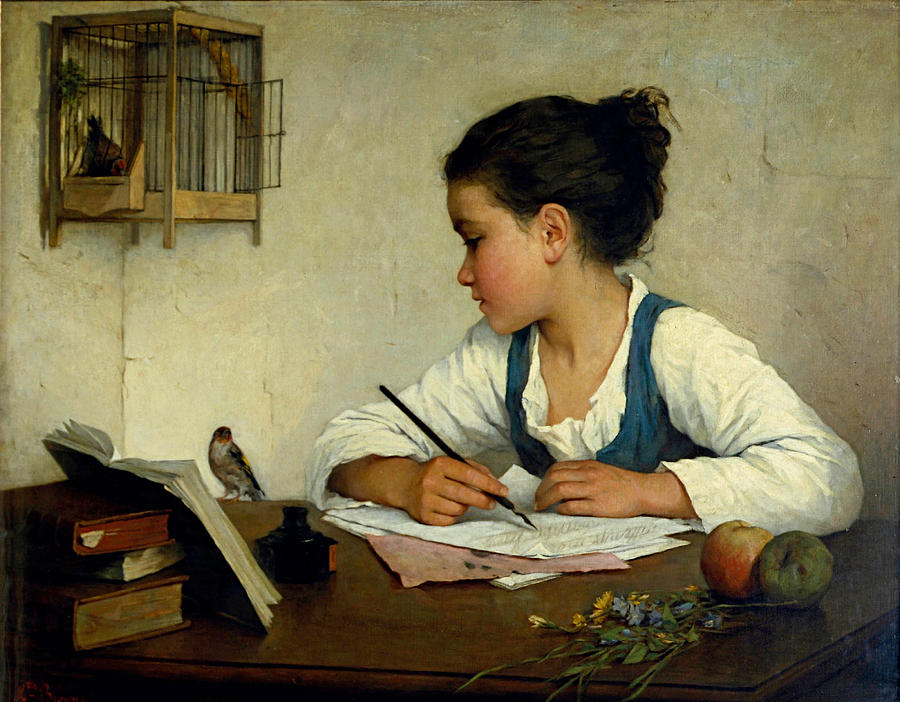“I must be allowed to say, that when we are employed, after a proper manner, in the study of composition, we are cultivating reason itself. True rhetoric and sound logic are very nearly allied. The study of arranging and expressing our thoughts with propriety, teaches to think, as well as to speak, accurately.” – Hugh Blair, Lectures on Rhetoric and Belle Lettres
Writing instruction plays a unique role in any curriculum. Whereas other subjects invite children to study certain discrete realms of knowledge, the goal of writing instruction is to render the student capable of knowing. Language is the form of human thought, and as we make children more adept at using the resources of language, we make their minds more adequate to the world around them. The purpose of this course is to explore the ways writing instructors can do justice to this fundamental importance of their subject matter.
The Classical Difference
Classical educators differ from their peers in their refusal to limit the ends of education to college and career preparedness. To the contrary, classical educators assert that the ends of schooling should be a preparation for the whole of life. Consequently, classical education seeks to nurture the whole of a child’s intellectual, moral, and aesthetic capacities. A writing program worthy of a classical school should be one that encompasses and strengthens all of these capacities.
The approach delineated in this course is one that seeks to do just that. It is one that seeks to expose students to the rich stylistic resources of the language, and to instill a love of linguistic play in them. It is an approach that encourages students to be craftsmen of sentences, while enhancing their powers of discursive reasoning through effective argumentation. Above all, this course eschews the habits of academic writing, which is only designed to teach students how to do further academic writing. Instead, the kind of writing instruction advocated for here is the kind that will open students’ minds to the vast dimensions of the world they inhabit.
Towards this end, the course makes use of the classical rhetorical, poetic, and pedagogical traditions. As classical educators, we stand as inheritors of the riches of these traditions. By appropriating the practices and theoretical commitments of these ancestors for our own times, we can provide our students with a far more meaningful and far more effective training in the arts of language.
A Generative Approach
The classical rhetorical tradition separated the task of preparing a speech or argument into five stages. The first of these stages was that of invention, or generating the content of the discourse. Only once the orator had sufficient matter at hand could he proceed to give thought to the arrangement or stylistic presentation of that matter.
Anyone who has worked with students knows that the task of invention has an outsized importance in the writing process. What students struggle with most is finding something to say. The aversion to writing that students typically display, and the frustration they often feel when called upon to write, generally results from an inability to generate matter to write about.
The common tools used in writing instruction these days do not help students in this regard. Tools like the topic-sentence anchored paragraph or the five paragraph essay are empty forms which essentially ask students to organize ideas they do not have. When the challenge of generating that material is even addressed, students are simply advised to “brainstorm” or write lists, which only reinforces their awareness that they have nothing to say.
The approach delineated in this course is different. It aims to give sufficient weight to the task of invention. It aims to provide students with generative structures of language that enable them not only to articulate ideas, but to find them. Grammar is approached as a vehicle for expressing categorical information. Paragraph structure is taught as an organic consequence of topical argumentation. Essay organization is presented as a series of functions to be executed by the writer. At every step, young writers are provided tools to say more.
An Approach for Every Curriculum
Say More! is not a writing curriculum. Rather, it is an introduction to practices and principles that can be incorporated into any curriculum that a teacher is working with. The world of classical education has witnessed exciting innovation in recent years, which has led to a considerable variety in curriculum design. The purpose of this course was to provide teachers and homeschoolers with practical, detailed guidance on how to teach writing to students in grades 6-12 that would be compatible with any curriculum they might be using. The kinds of lessons and assignments presented here can be modified for use with almost any humanities content.
This Course Includes:
- Over 7 hours of video lessons
- Dozens of ideas for lessons and assignments
- Suggested resources for writing instructors
Curriculum
- LESSON 1: First Principles - An Introduction to Classical Writing Instruction
- LESSON 2: Sentence Construction, Part 1
- LESSON 3: Sentence Construction, Part 2
- LESSON 4: Forms of Arguments, Forms of Paragraphs
- LESSON 5: The Virtuous Argument - An Introduction to the Classical Model
- LESSON 6: Writing Alongside Other Writers - The Use of Sources
- LESSON 7: Mimesis - A Classical Principle for Writing Instruction
- LESSON 8: Ideas for Writing Assignments and Assessments

Your instructor
Mark Signorelli is a classical educator with over twenty years of experience as a teacher, administrator, and consultant. He has taught writing in a number of curricular contexts, and has been featured on the Classical Education podcast to share his ideas on how to teach writing with other classical educators. Additionally, Mark is a published author, whose work has appeared in over a dozen separate journals. He currently writes at his own page, The Classical Corner, where he shares his thoughts on classical education. In Say More!, Mark has drawn on this experience to provide teachers with guidance, so that they in turn can provide their students with writing instruction that will prove to be joyful, fruitful, and effective.
